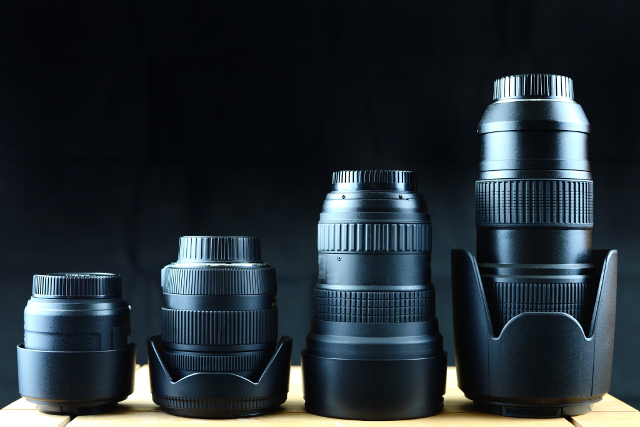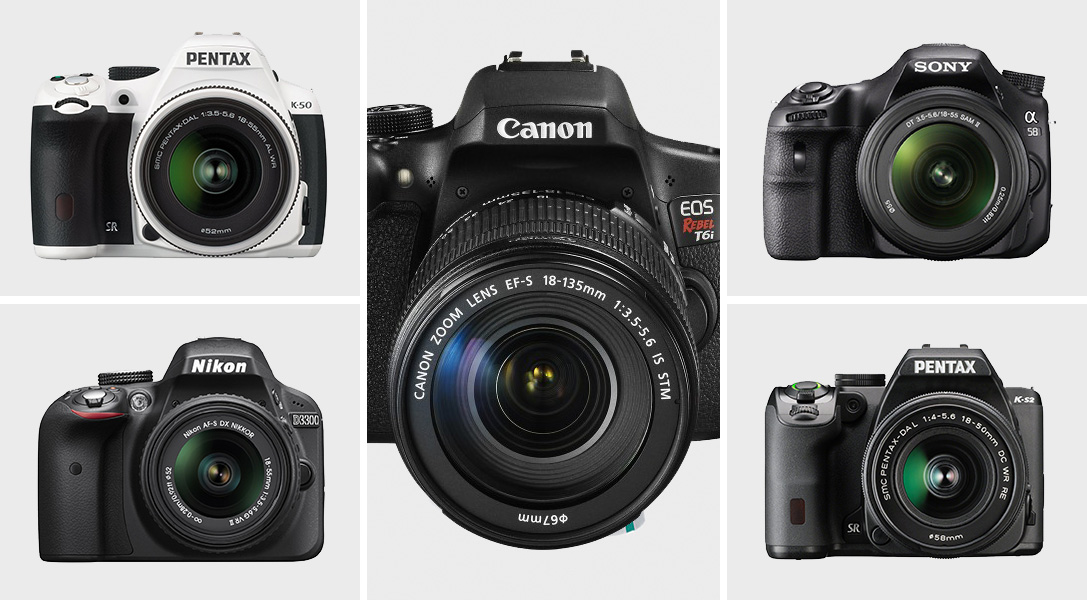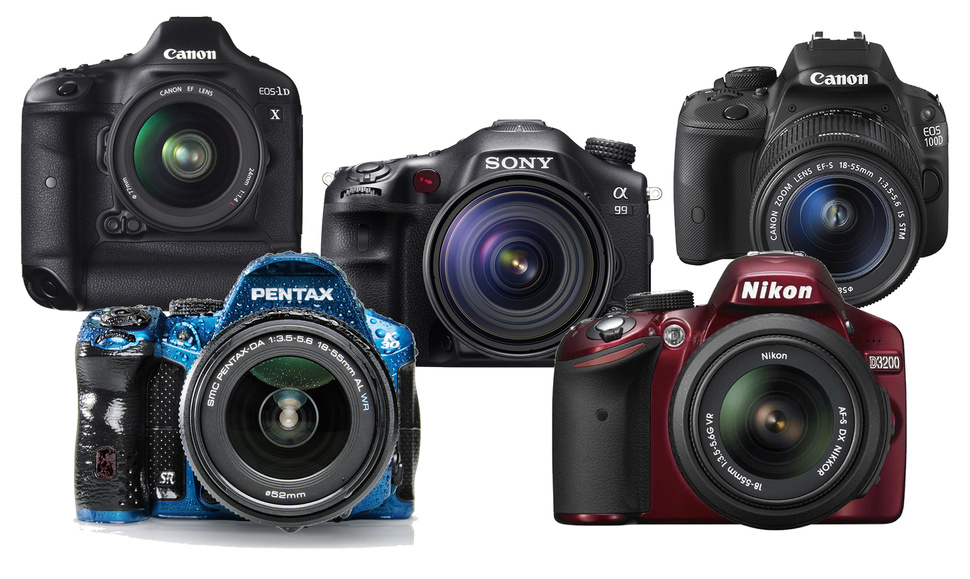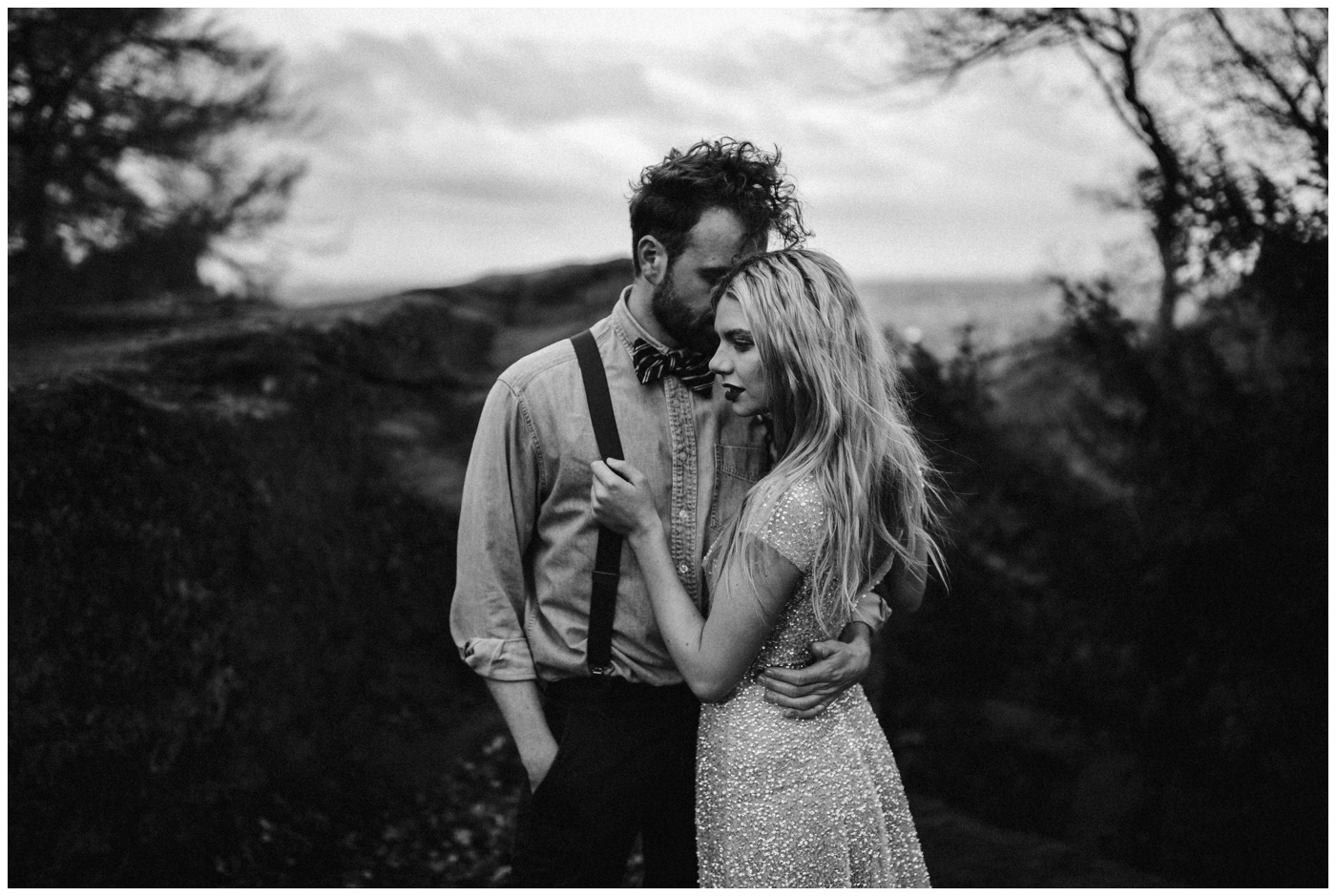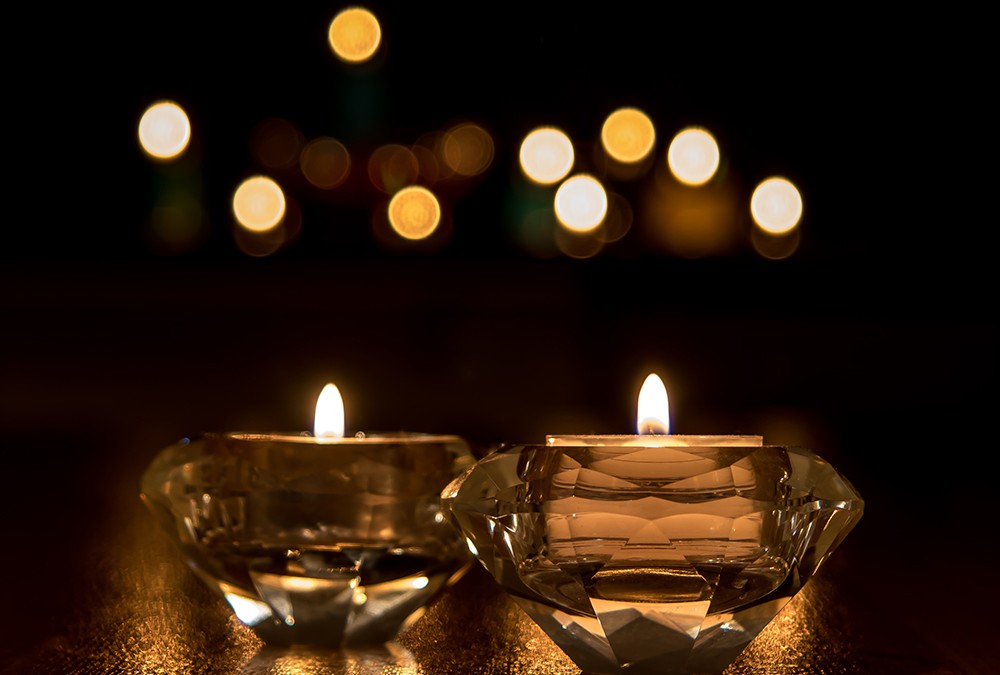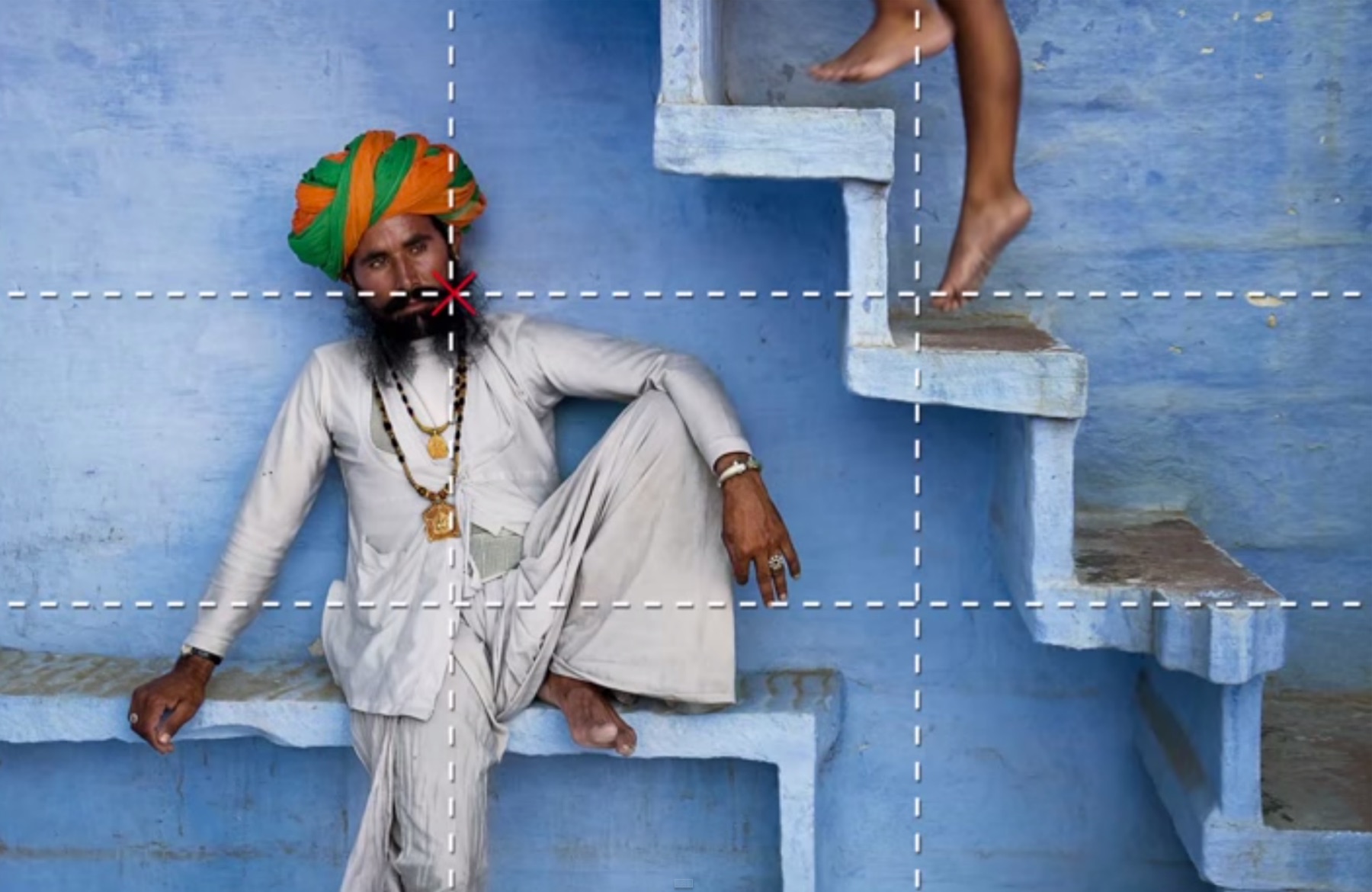Friends and family are always asking me for advice on photography and photography equipment as they know how passionate I am about it. Occasionally their questions are regarding the settings on their cameras and which one would be best for a particular shot or circumstance, but more often than not I’ll be asked about gear and nearly always that would be “what lens should I get?”. To which my initial response would almost always be something like, “well that depends on, what do you want to take pictures of?”, now you may think that sounds vague and not very helpful but the sheer number of lens options out there it’s the first thing you think about when looking at lenses and not f stops or how many mm’s it might have!
With that said let us take a look at some of the lens options out there to help you with choosing the right lens for your needs.
Standard Lens
Description: A standard lens (normal lens), are lenses which produce images that roughly matches what our eye see and looks natural to the viewer. It sits between the telephoto lens and the wide angle lens, which produce unnaturally zoomed-in and zoomed-out images respectively.
Standard lenses have an angle of view of around 50 to 55 degrees diagonally. This is roughly the same as the angle that the human eye can comfortably view, which is why it gives a natural-looking perspective.
Standard lenses make great general-purpose lenses and can be used to photograph everything from close-up portraits to landscapes. They tend to be very “fast” lenses (i.e. they have a wide aperture), making them perfect for indoor and low-light photography.
A standard lens typically has a focal length range of 35-85mm and is usually the lens that comes with your new DSLR camera. A great “walk around” lens, a standard lens will allow for wide angle photography such as landscape on the 35mm end, and great portrait work on the 85mm end.
When to use it: Use your standard lens in situations in which you may need to move quickly to capture a scene, such as travel photography, street photography, and documentary photography. Some of these standard lenses are fixed, thereby forcing you to move around into different positions to capture the best frame for your image.
Wide Angle Lens
Description: A “wide angle” lens is any lens with a short focal length. Focal length is the distance, in millimetres, from the optical centre of your lens to the film or sensor when your lens is focused at infinity. Practically speaking, the important thing to remember is this: the shorter the focal length of the lens, the wider the field of view, and the more you’ll be able to fit in your frame. Wide angle is most likely 21-35mm, while anything under 20mm is classified as super wide angle. A wide-angle lens will allow you to focus on a close object, while still including a lot of background.
When to use it: Wide-angle lenses come in handy when shooting in tight areas, such as small rooms or cars. They are most commonly used for photographing landscapes and architecture, though you may also find one helpful when photographing large groups of people.
Portrait Lens (Medium Telephoto)
Description: Portrait lenses typically have a focal range of 18-135mm, although the 85mm f/1.8 is most common lens used for portraits, being the ideal length for both studio and outside shoots. Portrait lenses have the ability to frame a beautiful portrait, or act as a telephoto lens and bring an object closer.
When to use it: If you want to draw attention to a particular aspect that would be lost if shot with a wider focal length, use a portrait lens to isolate your subject. Portrait lenses are ideal for framing heads and shoulders in a headshot-type portrait, and they are a very versatile lens that can be used by an amateur photographer for any number of subjects. You can achieve similar results with a shorter focal length lens but the extra reach of a portrait lens allows you to be a little further back from your subject and isolate it.
Telephoto Lens
Description: Telephoto lenses have a focal length of over 70mm, a true telephoto lens has a focal range of 135-300mm and they’re sole purpose is to get you closer to your subject as possible. Superzooms are similar to telephoto lenses, but they offer a wide range of focal lengths. Telephoto lenses are basically the opposite of wide-angle lenses, they compress distance and make everything appear closer.
When to use it: While a telephoto can be used for any type of photography, it is the best lens for photographing wildlife or sporting events (or any other situation in which the subject is not quite approachable).
Super Telephoto Lens
Description: Super telephotos are the same as telephoto lenses just that they have focal lengths of greater than 300mm and just like their smaller cousins, super telephotos will make distant objects appear closer in a frame.
When to use it: Super telephoto lenses are used by professional sporting photographers and are particularly popular with wildlife and bird photographers.
Macro Lens
Description: Macro lenses are specialised lenses that are specially designed to work at close-up photography, and many of them can produce a 1:1 image. This means your subject is reproduced in the camera at life-size, allowing for vast amounts of detail. While used a lot for photographing flowers and insects, the ability to get up close and personal to your subject allows for some fascinating images. Coins, mechanical parts, wood, even everyday mundane objects like your car keys or a glass of water can become huge landscapes with textures and patterns that you never noticed before. Focal ranges vary and are generally described in terms of magnification, a good macro lens might have a magnification of 1x meaning a 1:1 ratio.
When to use it: Use a macro lens for still-life photography, and to shoot very small objects and animals such as bugs and insects, raindrops on a leaf, and snowflake designs (to name but a few).
Fisheye Lens
What it is: A fisheye lens is a special type of ultra-wide angle lens. They are small, ultra-wide, and show a strong visual distortion, spherical view of the world, most evident in the curved, outer corners of the photo. Fisheye lenses achieve extremely wide angles of view, usually 180 degrees and they are popular in landscape, extreme sport, and artistic photography. Fisheye lenses magnify the centre of an image, thereby stretching or diminishing in size any objects around it.
When to use it: You can have a lot of fun with a fisheye lens! Use it for special effects photography, unique portraits, and especially artistic street photography.
